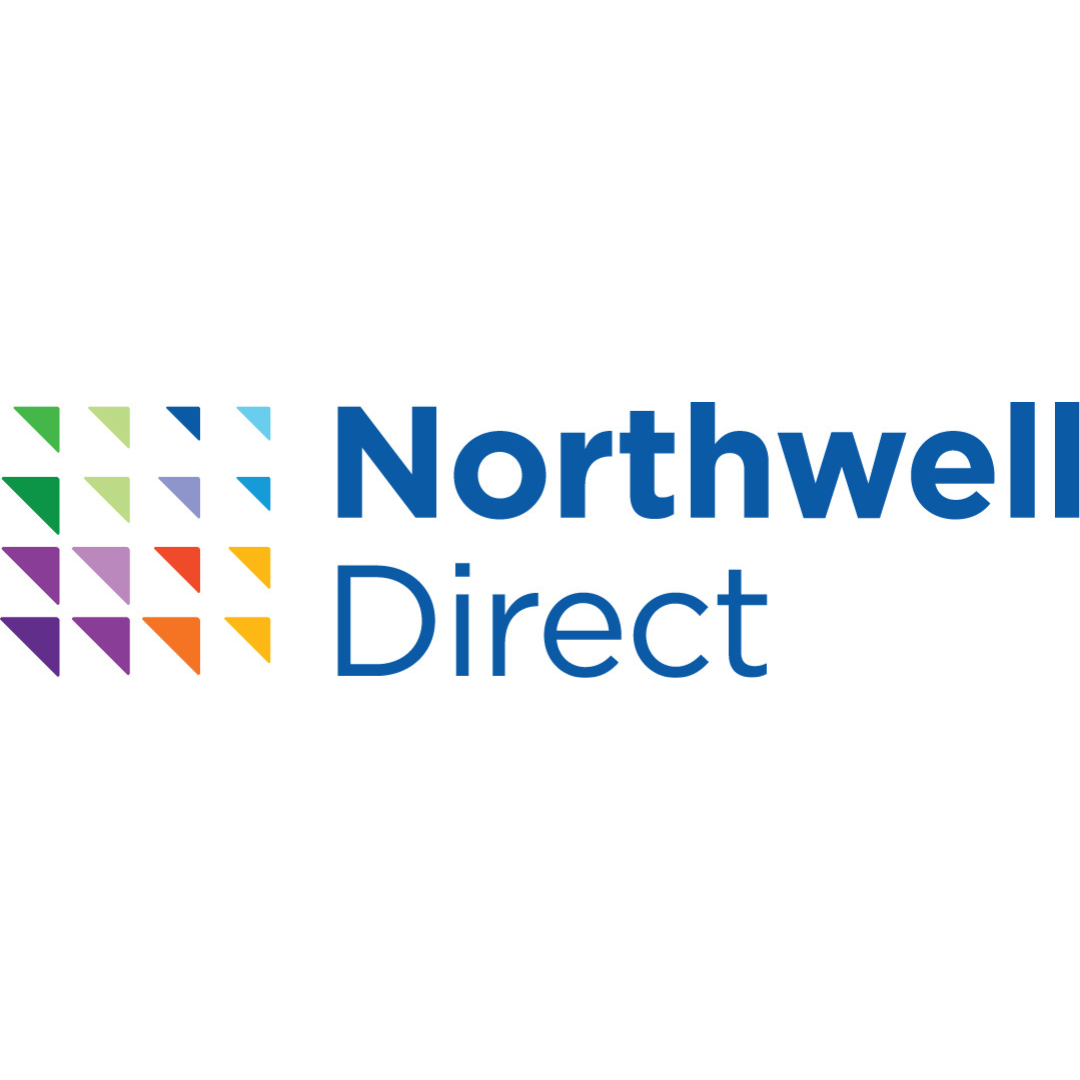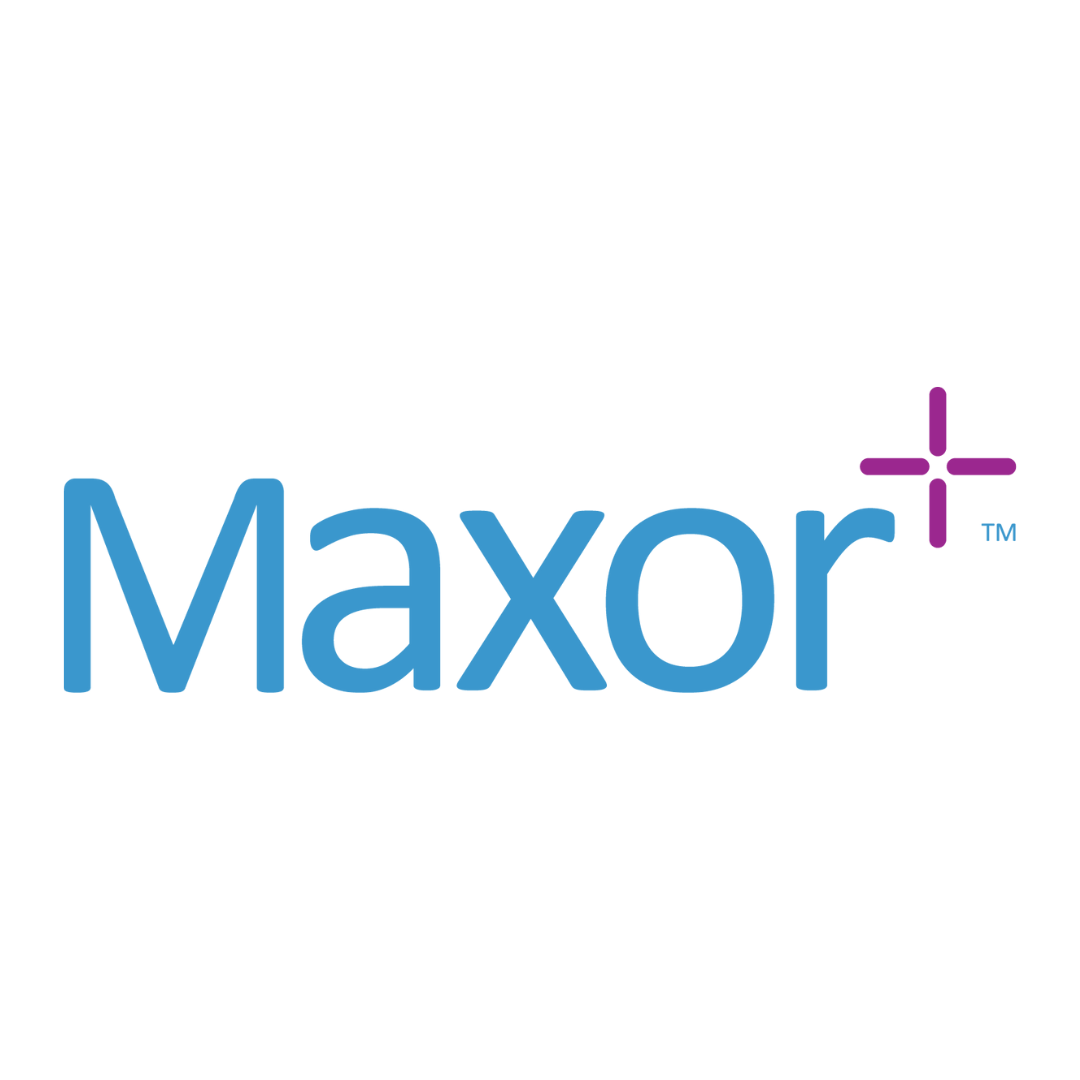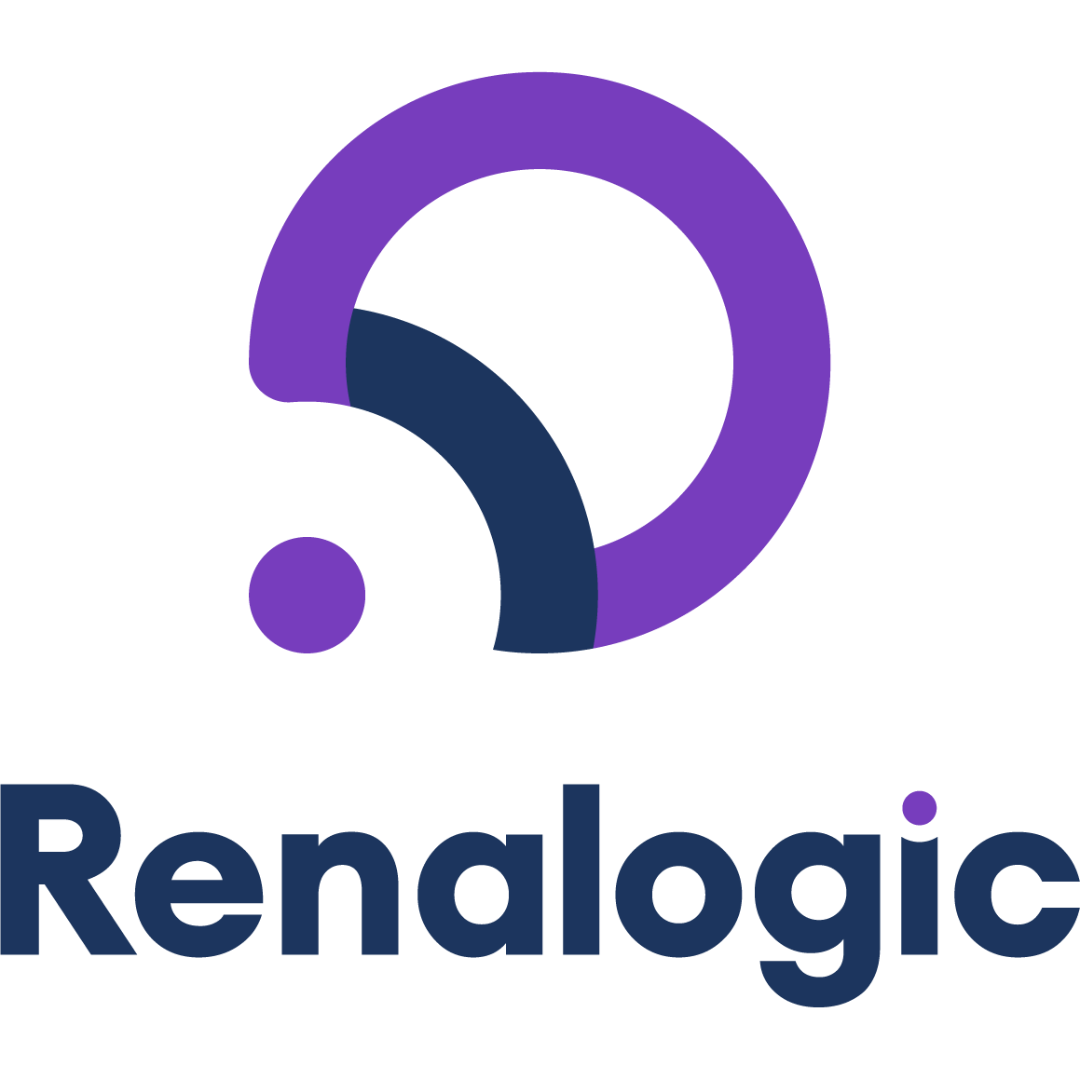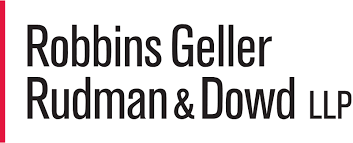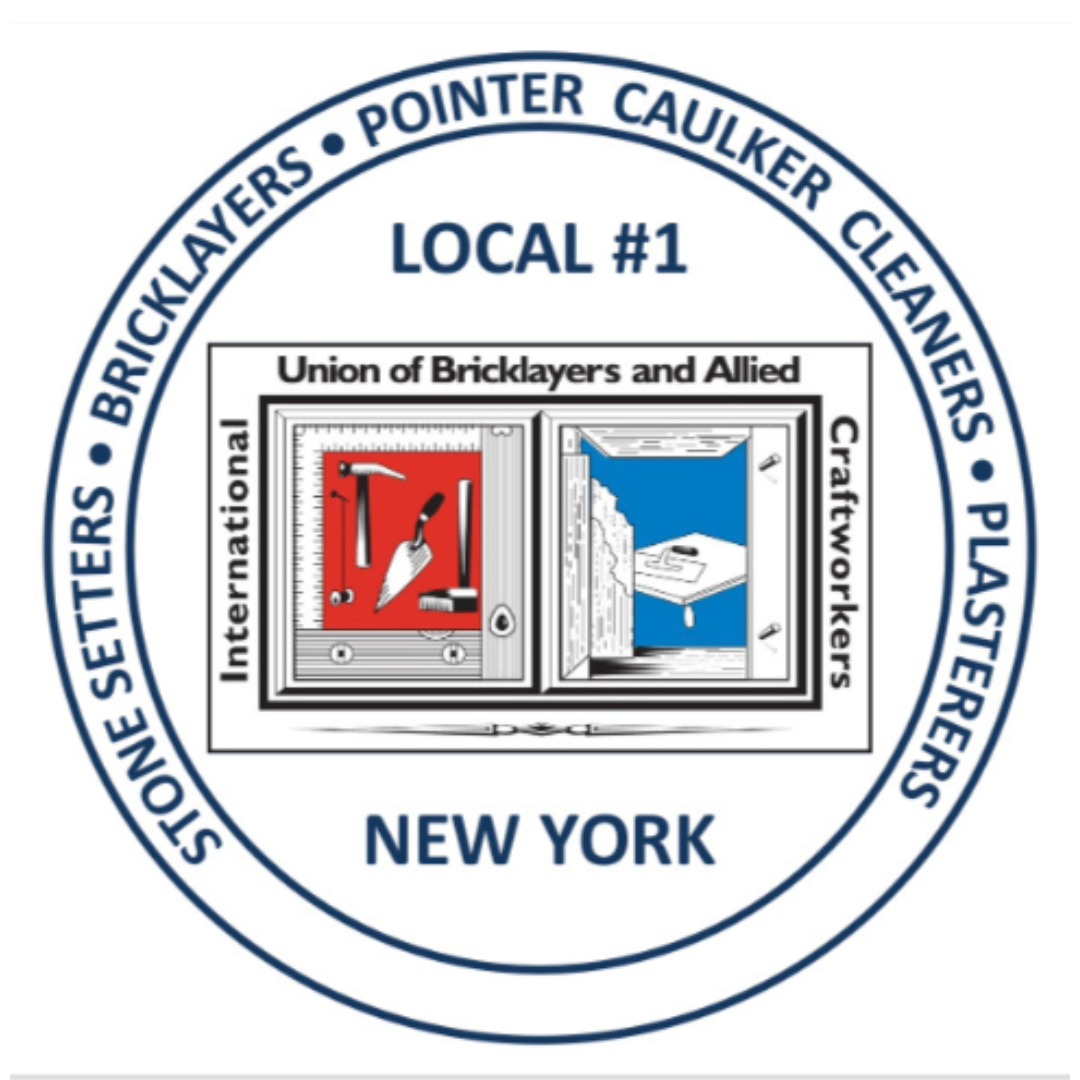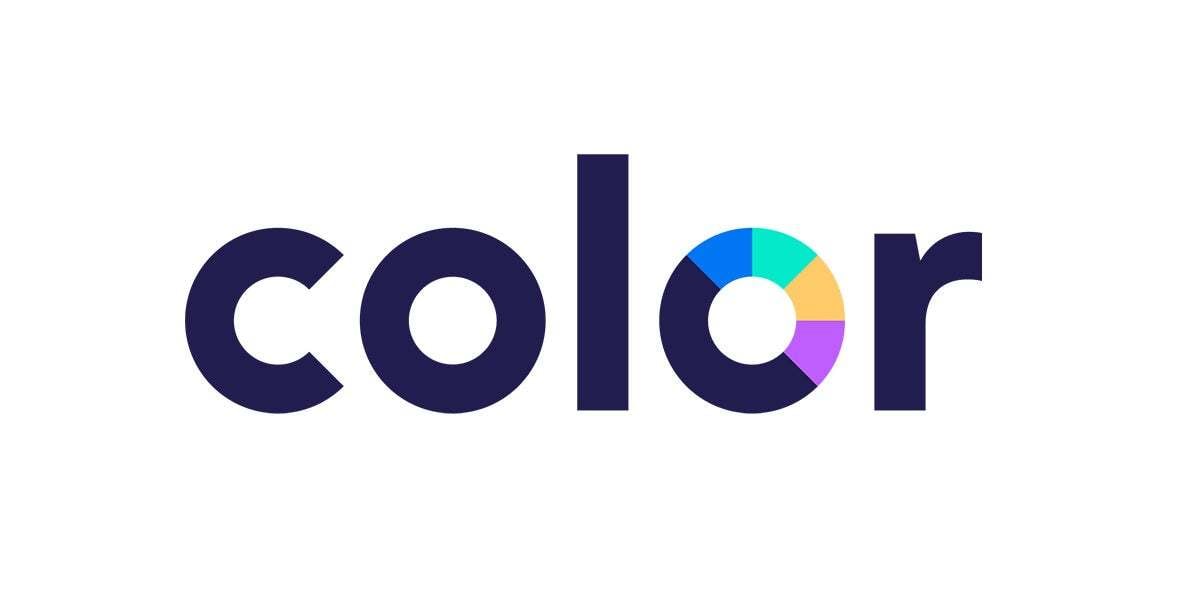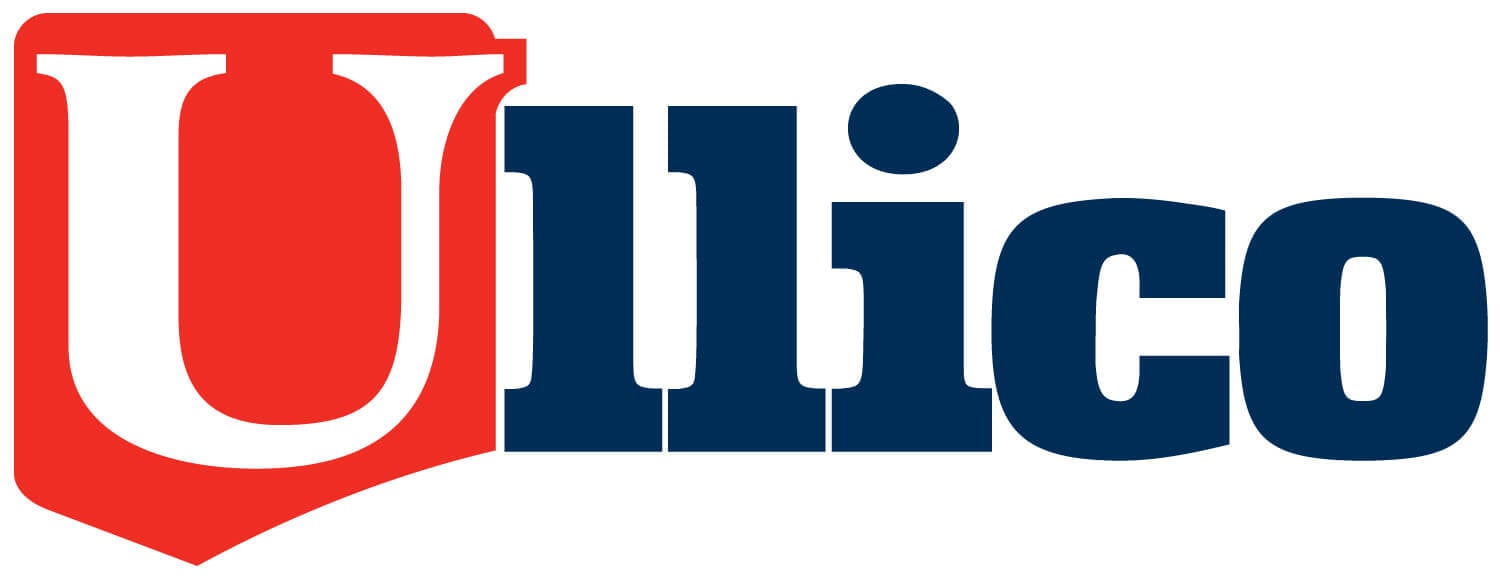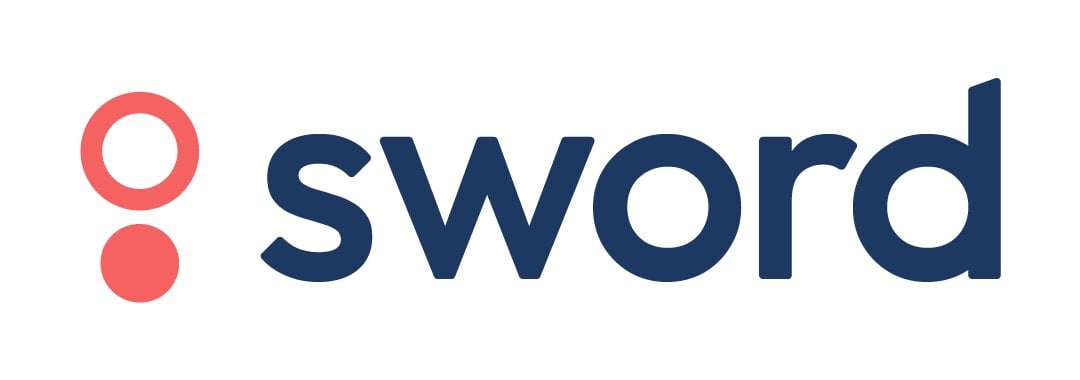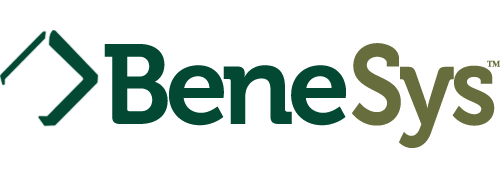Commission Disclosure and Reporting Requirements for Fiduciary Liability Insurance Sold to ERISA-Covered Plans (Q&As for Brokers)
Download a PDF of this Q&A
Share tofacebooklinkedintwitter
A new law went into effect at the end of 2021 that will require brokers who provide insurance brokerage services to ERISA-covered group health plans to make advance disclosures of commissions they earn to their ERISA-group health plan customers. The new law applies only to “brokers” and “consultants” to ERISA-covered group health plans. Although the new law applies only to brokers and consultants to ERISA-group health plans, it is very similar to disclosure rules already in effect for insurance brokers who provide services to ERISA-covered retirement plans.
Given the new law and its impact on our brokers, we thought it would be helpful to describe the requirements regarding brokerage commission disclosure and reporting under the Employee Retirement Income Security Act of 1974, as amended (ERISA).
Ullico Casualty Group underwrites fiduciary liability insurance policies sold to ERISA-covered multi-employer group health and retirement plans. In most cases these policies are issued to the plan’s board of trustees. The following questions and answers are intended to help our brokers navigate and understand their disclosure obligations under ERISA in connection with commissions earned on the sale of fiduciary liability insurance.
The following Q&As discuss the new disclosure requirements enacted under ERISA section 408(b)(2)(B), effective beginning in 2021; the existing disclosure rules that apply to brokers to ERISA-covered retirement plans under 29 C.F.R. 2550.408b-2(c)(1); as well as the Form 5500 reporting requirements that apply to broker compensation.
Who does the new commission disclosure law apply to, and what does it require?
The new law applies to brokers who provide brokerage services with respect to the selection of insurance products to an ERISA-group health plan, including multi-employer self-funded health and welfare plans. The Consolidated Appropriations Act, 2021, signed into law on December 27, 2020, imposes new compensation disclosure requirements on brokers and consultants to group health plans covered by ERISA. The new law went into effect on December 27, 2021, and requires certain “covered service providers” to ERISA-covered group health plans to provide written information about their commissions, fees, and services to the “responsible plan fiduciary” of the plan that hires them. ERISA § 408(b)(2)(B). In most cases, the “responsible plan fiduciary” would be the Board of Trustees of a multi-employer plan.
Brokers are covered by the new disclosure law if they (1) provide brokerage services to ERISA-covered group health plans with respect to the selection of insurance products, and (2) expect to receive $1,000 or more in compensation, either from the ERISA plan itself or from an insurer or other third party. An ERISA-covered group health plan is defined to include any ERISA-covered welfare plan to the extent the plan provides medical care.
A broker subject to the new law is required to make a detailed written disclosure to the board of trustees that hires them before entering an arrangement to provide brokerage services to the plan. The disclosure must include
- A description of the services provided by the broker to the plan;
- Whether the broker acts as a “fiduciary” with respect to the plan;
- A description of any “direct” and “indirect” compensation that the broker will earn for brokerage services;
- A description of the manner in which such compensation will be paid;
- A description of compensation paid among the broker and any affiliates or subcontractors that is set on a transaction basis (such as commissions or finder’s fees); and
- Any compensation that the broker expects to earn at the termination of the relationship with the plan.
This disclosure is required to be made in advance of when the broker enters, extends, or renews the arrangement for brokerage services with the plan. In addition, if any of the disclosed information changes over time, an update must be provided within 60 days of the date the broker becomes aware of the change. For example, if a broker disclosed that it expected to earn a commission of 5% of premium, but later discovers that it will receive additional compensation, the rules require the broker to update the disclosure with the additional information. Further, upon request, covered brokers are required to provide any information regarding the broker’s compensation that is needed to complete the plan’s annual Form 5500.
The new disclosure law for group health plans under ERISA section 408(b)(2)(B) applies to arrangements for brokerage services entered, extended, or renewed on or after December 27, 2021. The Department of Labor (DOL) has interpretive and enforcement authority over the requirements and has issued limited guidance under the new law. See DOL Field Assistance Bulletin 2021-03 (December 30, 2021).
DOL made several important points in that guidance. First, DOL made clear that its regulations and guidance issued for retirement plans may be used as a guide to interpret the new broker disclosure requirements. DOL also clarified that pending its release of further guidance, brokers are expected
to implement disclosure procedures in good faith, and DOL will not seek enforcement action against brokers that act in compliance with a “good faith” interpretation of the new rules. Finally, DOL signaled that it will be adding broker disclosure as a focus area of its routine audits in the near term. See DOL FAB 2021-03A, Q4 (Brokers who receive certain third-party payments such as commissions should be prepared to explain their 408(b)(2)(B) disclosure compliance strategy in a DOL audit.).
[1] For purposes of these rules, “direct compensation” is defined as any compensation received directly from the plan itself. “Indirect compensation” is defined as compensation received from any source other than the plan sponsor.
Do commission disclosure rules apply to insurance contracts sold by brokers to ERISA-covered retirement plans?
Yes. Similar disclosure rules apply to brokers who provide insurance brokerage services to ERISA-covered retirement plans. A regulation issued by DOL more than 10 years ago applies very similar disclosure rules to any provider of “insurance” services to an ERISA-covered retirement plan that expects to earn $1,000 or more in indirect compensation in connection with providing these services. 29 C.F.R. § 2550.408b-2(c)(1). Guidance from the DOL makes clear that “insurance services” includes insurance brokerage services provided to an ERISA-covered retirement plan. See 77 Fed. Reg. 5632, 5635 n. 14 (Feb. 3, 2012). The timing, content, definitions, and updated rules of these disclosure regulations for retirement plans are very similar (if not identical) to the above new disclosure rules that apply to brokers to ERISA-covered group health plans.
What are the consequences for brokers who fail to satisfy the above broker commission disclosure rules?
If the above disclosure rules are not satisfied, then the arrangement between the broker and the ERISA-covered plan could violate ERISA’s prohibited transaction rules and result in a fiduciary breach. In this regard, ERISA requires that brokerage services provided by a broker to an ERISA plan are provided pursuant to a reasonable arrangement and that the broker earn no more than reasonable compensation. ERISA § 408(b)(2). If the above disclosure rules are not satisfied, then the arrangement for brokerage services could be challenged as an unreasonable arrangement, and thus a prohibited transaction.
Prohibited transactions involve potential liability under ERISA for both the plan sponsor and for the broker. The board of trustees, as the fiduciary that hired the broker, may be held liable under ERISA for any losses to the plan that result from the brokerage services. ERISA § 409. In addition, the board of trustees or the broker could be liable for civil penalties under ERISA section 502(l). Under section 502(l) of ERISA, the DOL is required to assess a penalty in the amount of 20% of any recovery amount awarded in a settlement agreement with the DOL, or in a lawsuit brought by the DOL, alleging a prohibited transaction. In addition, if the plan is an ERISA-covered welfare plan, the broker could be liable for civil penalties under ERISA section 502(i). Under section 502(i) of ERISA, the DOL may assess civil penalties against a broker who engages in a prohibited transaction with an ERISA plan in the amount of 5% of the amount involved in the transaction. Finally, if the plan is an ERISA-covered retirement plan, the broker could be subject to excise taxes under section 4975 of the Internal Revenue Code (Code) which imposes prohibited transaction restrictions on qualified retirement plans. Under the Code, a broker who engages in a prohibited transaction with an ERISA-covered retirement plan can be liable for excise taxes in the amount of 15% of the amount involved in the transaction. Code § 4975(a).
Are commissions earned by brokers required to be disclosed before an insurance contract is issued?
Generally, yes. Brokerage commissions that a broker reasonably expects to earn in connection with selling a fiduciary liability insurance contract to an ERISA plan must be disclosed reasonably in advance of the date that the contract for brokerage services is entered into, extended or renewed. We note that the disclosures must be made in advance of the date that the contract for brokerage services is entered, extended, or renewed — meaning the timing of the disclosure is not specifically tied to the date an insurance contract is issued. Even though the timing of the disclosure requirement is not tied explicitly to the insurance contract issuance date, we know that many brokers intend to issue new disclosures each year in connection with the annual insurance renewal process. Providing the disclosures with the proposal provided for a new or renewal insurance contract should satisfy the disclosure timing rule.
In addition, many brokers provide insurance brokerage services to a plan without any formal contract or agreement with the plan other than a “broker of record” letter filed with a carrier. Under this type of arrangement, we believe the broker should aim to provide the required disclosures prior to the date the broker of record letter is provided to the carrier. DOL Field Assistance Bulletin 2021-03, Q6 (Dec. 30, 2021) (Broker disclosure should be provided on the earlier of the date the broker of record letter is submitted to the carrier or the date the application for insurance is coverage is signed for the following plan year).
Does the disclosure have to be provided within a brokerage contract, or a free-standing document?
There are no specific requirements regarding the format of the disclosure. The disclosure could be made within a contract for brokerage services presented to the Plan’s board of trustees. It could also be made in a separate free-standing document provided to the board of trustees with a proposal for insurance coverage. If an insurance proposal provides some, but not all, of the information required, the insurance proposal could be supplemented with additional information. For example, some insurance proposals might describe the amount of commissions paid (e.g., 10% of premium) without identifying the specific broker who would receive the commissions and the services the broker provides. In this case, it is possible to provide the required disclosure by supplementing the insurance proposal with additional information, either in a separate document, or via a link to an internet website.
What information must be disclosed?
The disclosure must include:
- A description of the services provided by the broker to the plan (for example, insurance
- brokerage services);
- Whether the broker acts as a “fiduciary” with respect to the plan2;
- A description of any “direct” and “indirect” compensation that the broker expects to earn for brokerage services, including brokerage commissions3;
- Disclosures of indirect compensation must include a description of the payer of the indirect compensation, the services for which the indirect compensation is received, and the arrangement between the payer and the broker;
- A description of the manner in which such compensation will be paid (such as whether the broker will invoice the plan directly or be paid by a third party);
- A description of compensation paid among the broker and any affiliates or subcontractors that is set on a transaction basis (such as commissions or finder’s fees); and
- Any compensation that the broker expects to earn at the termination of the relationship with the plan, including whether any prepaid amounts will be refunded.
[2] Under ERISA section 3(21), an ERISA fiduciary is generally defined as including any person who exercises discretionary authority or control over the plan’s assets, administration, or management, or provides investment advice for a fee. A broker who sells fiduciary liability insurance to a plan customer would generally qualify as a “fiduciary” with respect to the plan only if the broker makes the final purchasing decision for the plan.
[3] For purposes of these rules, “direct compensation” is defined as any compensation received directly from the plan itself. “Indirect compensation” is defined as compensation received from any source other than the plan, the plan sponsor or the broker’s affiliate.
Must commissions be disclosed?
Yes. Both for insurance sold to ERISA group health plans and retirement plans, the broker’s obligation is to disclose “indirect compensation” that it reasonably expects to earn in connection with providing brokerage services to the plan. Indirect compensation is generally defined as including payments from any source other than the plan or plan sponsor. As such, commission payments that are reasonably expected from insurance carriers based on product sales and renewals would generally qualify as “indirect compensation” subject to the disclosure rules. Moreover, supplemental commission payments that compensate a broker for hitting certain sales targets across the broker’s book of business (including ERISA plans) should also be disclosed. In this regard, the new broker disclosure rules specifically provide that compensation paid by an insurer to a broker “based on a structure of incentives not solely related to the contract with the … plan” must be disclosed. ERISA § 408(b)(2)(B)(iii)(IV).
How should commissions be disclosed?
A. Base Commissions
Brokers may earn base commissions in connection with selling fiduciary liability insurance to an ERISA-covered plan. Base commissions are paid as a percentage of premium.
Under the broker disclosure rules, compensation can be described in a variety of ways, such as by a dollar amount, by a formula, or by a per capita charge. Disclosures of indirect compensation must also identify the payer of the compensation, the services provided by the broker for the compensation, and the “arrangement” between the broker and the payer. The disclosure must also describe the “manner” in which compensation will be paid.
Brokers can disclose base commissions by disclosing the formula used to pay the commission (for example, broker will earn a base commission of 10% of premium) and need not disclose a dollar amount. Brokers should also disclose the payer of the base commission, the services provided by the broker, and the arrangement between the broker and the payer. The following is an example of a reasonable base commission disclosure –
“Broker will earn a base commission of 10% of premium for services related to the sale of the policy. Base commissions are paid by Ullico Casualty on behalf of Markel American Insurance Company under a brokerage agreement with Ullico Casualty.”
B. Contingent Commissions
Depending on their arrangement with the carrier, brokers may be entitled to certain supplemental commissions, including contingent commissions. Contingent commissions are paid in addition to base commissions and are subject to certain terms and thresholds that are specified in an agreement between the broker and the carrier. For example, brokers may be entitled to contingent commissions that are calculated on new sales during a calendar year if the broker’s new sales exceed a certain threshold. In addition, brokers may be entitled to contingent commissions calculated on policies renewed within a calendar year if the broker’s renewal percentage meets certain targets. These contingent commissions are generally paid as a percentage of premium (i.e., a percentage of new and renewal premium). Brokers generally learn the total amount of contingent commission that they earned over a calendar year at some point in the following year.
Supplemental commissions paid for insurance sales that include policies sold to ERISA plans would be subject to the same advance disclosure rules set forth above as base commissions. In this regard, the new disclosure law that applies to group health plans specifically provides that brokers must disclose compensation paid by an insurer “based on a structure of incentives not solely related to the contract with the [ERISA plan].” ERISA § 408(b)(2)(B)(iii)(IV). However, whether any supplemental commissions will be earned by a broker in connection with an ERISA plan’s insurance purchase (and the amount) will not be known at the time disclosure is required, because a broker will not learn the amount of supplemental commissions until the following year in which the sale or renewal was made.
Under the new disclosure law, a broker may disclose compensation that it reasonably expects to earn in the future but may not know with precision at the time the disclosure is provided by describing the circumstances under which the additional compensation may be earned and a good faith estimate of the future compensation, explaining the methodology used to provide the estimate. ERISA § 408(b)(2)(B)(ii)(II). Ranges can be used where compensation may fluctuate based on a number of factors. The disclosure of uncertain but anticipated compensation should generally permit the plan fiduciary to evaluate the reasonableness of the broker’s total compensation. See DOL Field assistance Bulletin 2021-03, Q5 (Dec. 30, 2021). The following is an example of a reasonable disclosure of contingent commissions for either a retirement plan or group health plan –
“Broker may be entitled to additional supplemental commissions from the carrier based on new and renewal policies sold, depending on whether the broker’s sales of new and renewal policies meet certain thresholds set forth in an agreement with the carrier. Supplemental commissions are paid as a percentage of new and renewal premium and may range from X% to Y%.”
Are commissions, including supplemental commissions, earned by brokers required to be disclosed on the Form 5500? If so, where and how?
Commissions paid with respect to fiduciary liability insurance sold to an ERISA plan would generally be reportable on the ERISA plan’s Form 5500, Schedule C, which reports information to the federal government about compensation earned by plan service providers.4 For this reason, ERISA-covered plan customers may ask brokers for compensation information that the plan needs in connection with the annual Form 5500 process. Brokers are required to respond to these requests for Form 5500 information from ERISA customers. ERISA § 408(b)(2)(B)(vi); 29 C.F.R. § 2550.408b-2(c)(1)(vi)(a).
For purposes of Schedule C, commission information may be reported using the special reporting rules for so-called “eligible indirect compensation.” Under these Schedule C reporting rules, the broker (as the recipient of commissions) would provide the following information to the plan sponsor or administrator:
- The name of the broker and the payer of the commission;
- An amount, formula or estimate of the commission compensation; and
- The existence and purpose of the payment.
The plan sponsor would review the broker’s disclosure. This information would generally not be reported as a line item on the Form 5500, Schedule C. Instead the broker’s commissions could be reported on the Schedule C as a checked box indicating that “eligible indirect compensation” was earned. Because this disclosure is consistent with the content required for the broker’s initial commission disclosure, the same disclosure can be used to respond to Form 5500 information requests with respect to commission income.
[4] Schedule C is filed by large ERISA-covered welfare plans and retirement plans, meaning generally those plans that cover 100 participants or more as of the beginning of the plan year. Schedule C is used to report any person who received $5,000 or more in compensation in connection with services provided to the plan or the person’s position with the plan during the plan year.
What disclosure obligations apply to commissions earned by wholesale brokers as opposed to retail brokers?
In some cases, a wholesale broker is used in the sale of fiduciary liability insurance policies. This practice is used when the carrier does not have an agreement or relationship with a retail broker involved in a sale. Wholesale brokers do not have a client-facing relationship but rather provide services to retail brokers who represent insureds. Because wholesale brokers do not have a direct relationship with an ERISA-covered customer, they would not have an obligation to disclose the compensation they are earning in connection with sales to ERISA-covered plans under either the broker disclosure rules for group health or retirement plans. See 75 Fed. Reg. 41600, 41604-06 (July 16, 2010) (DOL’s service provider disclosure regulations for retirement plan providers focuses on those providers that have a direct services relationship with the plan.)
Nonetheless, a commission paid to a wholesale broker may technically be reportable on the plan’s Form 5500, Schedule C. In this regard, the Schedule C reporting test applies to any person who earns $5,000 or more in compensation during the plan year in connection with “services rendered to the plan or the person’s position with the plan.” See 2021 Form 5500 Instructions, p. 24. DOL has also made clear that commissions paid in connection with the sale of a product, service, or investment to a plan would be reportable on Schedule C. 2008 DOL Frequently Asked Questions regarding the 2009 Form 5500 Schedule C (“2008 DOL Schedule C FAQs”), Q6 (“Indirect compensation for Schedule C reporting purposes includes, among other things, payment of “finder’s fee” or other fees and commissions by a service provider to
an independent agent or employee for a transaction or service involving the plan. Thus, commissions received from a person other than those received directly from the plan or plan sponsor, in connection with the sale of an investment, product, or service to a plan would be reportable indirect compensation. The treatment of the commission as reportable indirect compensation is not dependent on whether the seller or the agent has any other relationship to the plan other than the sale itself.”).
Are brokers subject to advance commission disclosure requirements for all ERISA-covered plans?
No. The advance commission disclosure requirements of ERISA section 408(b)(2)(B) and 29 C.F.R. § 2550.408b-2(c)(1) specifically apply to insurance sold to ERISA-covered group health plans and ERISA-covered retirement plans. A “group health plan” is defined as including any ERISA-covered welfare plan to the extent that the plan provides medical care (which would include medical, dental and prescription drug coverage). ERISA § 733(a). Some brokers may sell fiduciary liability insurance to an ERISA-covered welfare plan that is not a “group health plan,” such as life insurance, disability, and apprenticeship and training plans. These types of standalone ERISA welfare plans would not be subject to the rules requiring advance commission disclosure. However, it is worth noting that many ERISA-covered welfare plans are broad in scope and broadly cover medical, dental, life, AD&D, disability, life insurance and other types of benefits through a single ERISA plan. So, a broker should not assume that a group life insurance contract sold to an ERISA plan is not being offered to a “group health plan.” In addition, non-ERISA plans such as governmental plans would not be subject to these disclosure rules.
Do all ERISA-covered plans file a Form 5500?
No, many types of ERISA plans do not file a Form 5500, or do not file certain portions (or schedules)
of the Form 5500 (such as Schedule C). If a plan is not required to file a Form 5500 or Schedule C, the broker would not have a duty to respond to requests for Form 5500 information for that plan and should not be asked for Form 5500 information.
The following types of plans are exempt from filing a Form 5500, or particular schedules of the Form 5500:
- Small Unfunded Welfare Plans: A welfare plan that covers fewer than 100 participants as of the beginning of the plan year and is unfunded (no trust) or fully insured, or a combination of both, is not required to file a Form 5500 or a Schedule C.
- Unfunded Cafeteria Plans: Certain unfunded welfare plans that are provided through a cafeteria plan and do not have a trust are not required to file a Schedule C. See DOL Technical Release 92-01.
- Small Welfare Plans: A welfare plan that covers fewer than 100 participants as of the beginning of the plan year is not required to file a Schedule C even if it is required to file a Form 5500.
- Top Hat Retirement or Welfare Plans: Unfunded or insured welfare or pension plans maintained for a select group of management or highly compensated employees that file a statement with the DOL do not file a Form 5500. 29 C.F.R. § 2520.104-23, 29 C.F.R. § 2520.104-24.
- Apprenticeship and Training Plans: Apprenticeship plans that file a one-page statement with the DOL are not required to file a Form 5500. 29 C.F.R. § 2520.104-22.
How should a broker that sells a fiduciary liability policy to multiple plans covered under the same policy disclose commission information?
Some brokers may sell a fiduciary liability insurance policy to multiple ERISA plans that are covered under the same policy. For example, the policy may cover a related retirement plan, group health plan, annuity program and apprenticeship plan. As a technical matter, the advance commission disclosure requirements of ERISA apply only to insurance commissions earned in connection with policies sold to ERISA-covered retirement plans and ERISA-covered group health plans. See Question 11, above. For this reason, if the policy covers either a retirement plan or a group health plan, the advance disclosure, at a minimum, could identify the plans covered by the policy and the total amount of commission payments received in connection with those plans. For brokers who receive requests to provide information for purposes of an ERISA plan’s Form 5500, the broker could identify the multiple plans covered by the policy and the total amount of commissions received. While the sponsor should allocate the total commission received among several plans for purposes of reporting, a broker has no duty under ERISA to allocate the commission among the plans that contributed to the commission in its ERISA disclosure.
The information presented is provided for informational purposes only and should not be construed as legal advice on any subject matter. The contents of this article contain general information and may not reflect current legal developments or action. You should not act or refrain from acting on the basis of any content included in this site without seeking legal or other professional advice.



